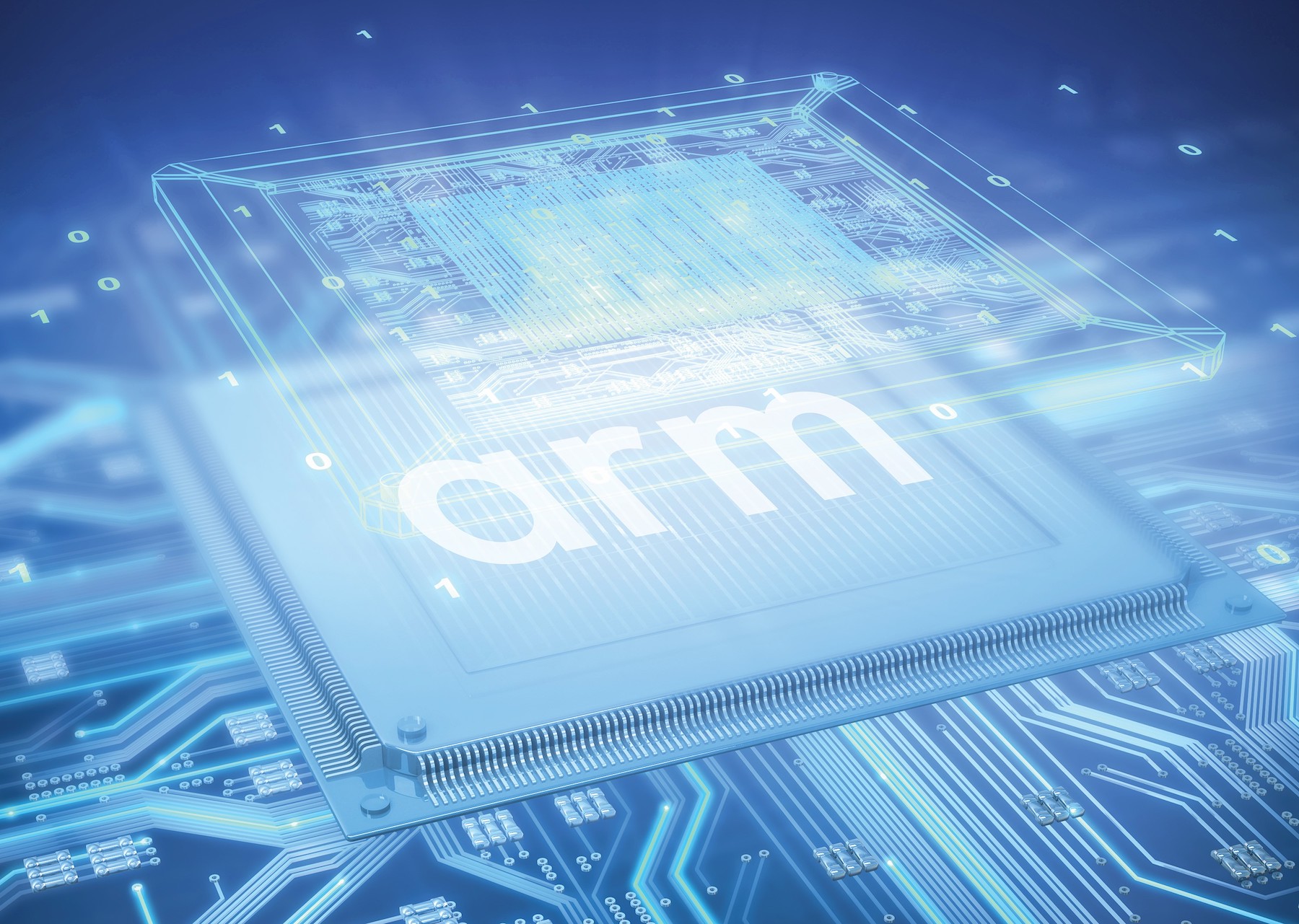The drive to ever-more efficient processors is something Bamboo Systems hopes to capitalize on as it tries to fulfill its mission of making the x86 datacenter a thing of the past.
Low-power chips, many of them past on the Arm architecture, are prevalent in almost every other aspect of computing. According to Arm, low-power chips make up 90% of mobile processors, 90% of those used in drones, 90% of wearables, and are making major inroads into wireless (60%), automotive connectivity (50%) and even set-top boxes (35%). Yet the datacenter sits at just 1%.
Clearly, there is plenty of room for growth.
Meanwhile, there is increasing demand for more compute resources in the data center to deal with all the extra computing people want to do. AI and ML workloads get the attention, but the everyday apps that people use for video conferencing, streaming media, online banking, social media, and just generally living their lives in an increasingly digital society all need chips to work.
The Climate Challenge
The cost of carbon emissions is increasing, and global pressures — including direct regulation to reduce emissions — means organizations are starting to look for ways to reduce their emissions but still get their computing done. Swapping out higher-emitting systems with lower-consumption processors is a pretty compelling option when it’s also cheaper to acquire in the first place.
“For just about every one of our very large enterprise customers, one of their primary concerns is to reduce their power and cooling and then be able to justify how they’re moving to a net-zero [carbon emissions] datacenter,” said Tony Craythorne, CEO Bamboo Systems.

Bamboo claims its B1008N system can deliver the same performance as a 16U stack of x86 dual-socket servers in just 8U, with 74% less power and for less than half the price to acquire. And this is for a product line that is really only in its infancy and hasn’t had the decades to tweak and tune its design that x86 systems have enjoyed.
It’s not hard to extrapolate these lines into the future and see a large opportunity for Bamboo. Particularly in a market that is already worth approximately $80 billion (according to IDC) and still growing, despite the adoption of cloud.
In fact, cloud may well be part of the reason Arm succeeds in the datacenter.
The Stumbling Blocks
The biggest stumbling block for Arm adoption in the datacenter is the inertia of legacy. Existing software written to work on x86 needs to be recompiled, and in some cases rewritten, to work with Arm. We already know how hard it is for enterprises to replatform their software given our experiences stretching back decades, OS version upgrades, physical to virtual migrations, and now with cloud.
But while hard, it does happen. Most software eventually moved off Windows NT 3.51. Most software adapted to run on virtualized systems instead of requiring exclusive access to a physical machine. And now we see cloud techniques being adopted across the board, including in the datacenter that cloud was originally a reaction to.
Ironically, AWS’s embrace of Arm chips in its Graviton and Graviton2 instances is getting developers comfortable working with Arm as a platform, and that comfort will translate back into the datacenter. Software that runs on Linux-on-Arm in a cloud instance will also run on Linux-on-Arm in the datacenter, and that level of compatibility is what really matters. The infrastructure components—operating systems, databases, webservers, container orchestrators, etc.—are all being ported across to run on Arm.
Legacy single-threaded applications that need single-core performance to work well won’t get the benefits of Arm, but for all the distributed, multi-core compatible workloads that make up the majority of new software, Arm will work well. Things that are picked up and moved across, just as we saw with VMware’s initial adoption, will also see some benefits as the challenge of multi-core workload distribution is handled by the infrastructure layer and developers don’t need to think about it very much.
For a lot of software, no one outside the infrastructure team will even notice the change.
Conclusion
It’s early days for the enterprise datacenter market, and for Bamboo, but it’s hard to argue that Arm-based chips won’t end up taking over a big chunk of the datacenter processor market.
We’re watching a classic Innovator’s Dilemma pan out in real time as the initially worse (but cheaper) option of Arm gradually catches up and then out-performs the previously premium option of x86.
While it remains to be seen if Bamboo will win out against other Arm or RISC-V approaches, Bamboo makes a compelling case for at least giving them a try. You can learn more about how Bamboo has made the case for Arm with B1000N in their Gestalt IT Showcase video.




